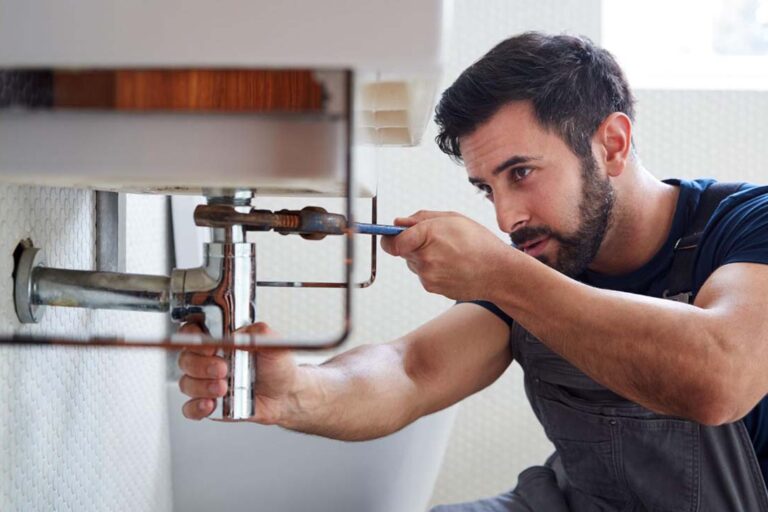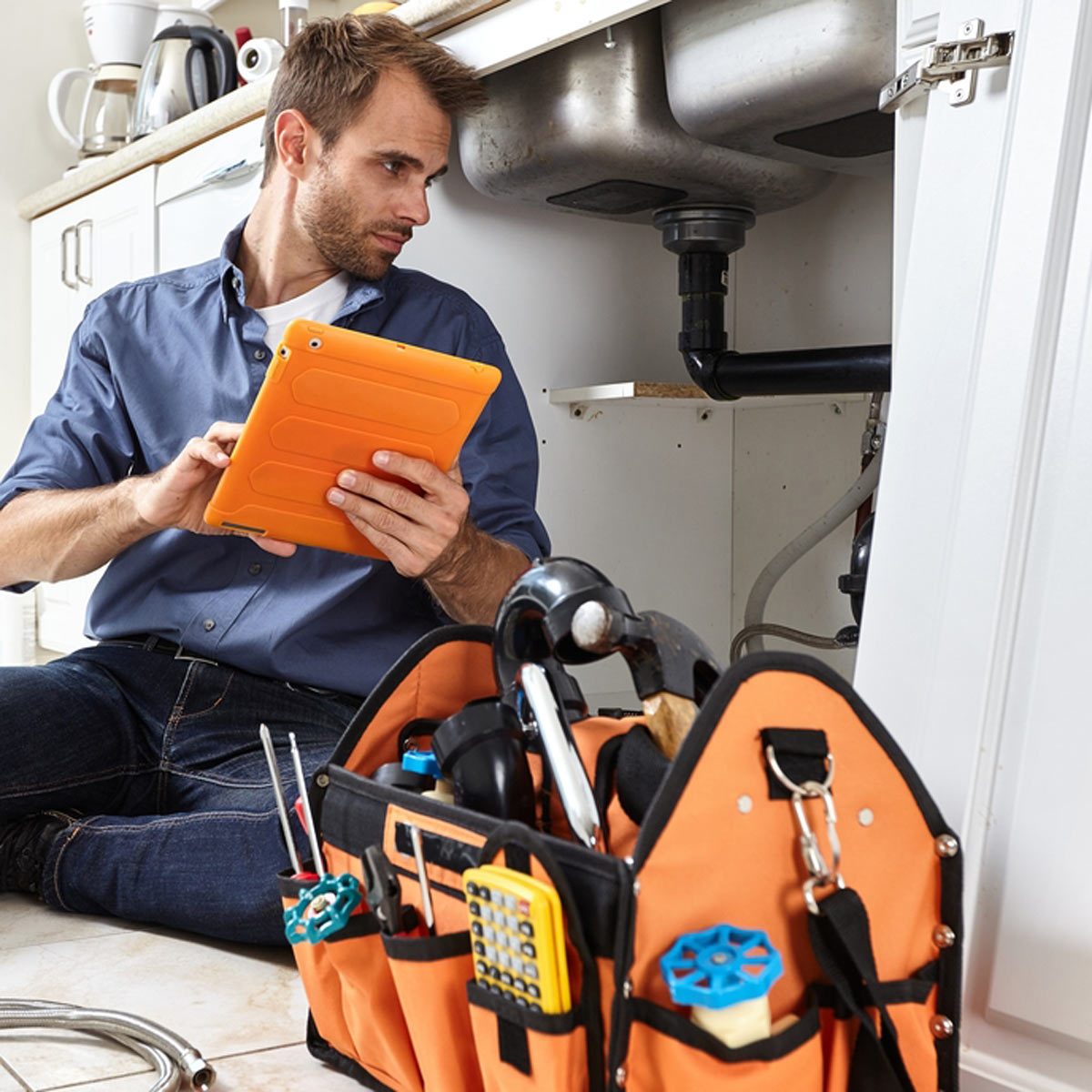How do you feel when it comes to When to call a professional plumber vs. DIY?

Intro
Plumbing issues can vary from minor aggravations to significant migraines, typically prompting home owners to choose in between tackling the trouble themselves or contacting a professional plumbing technician. Knowing when to DIY and when to seek specialist help can save time, cash, and stop potential disasters. This write-up checks out the aspects to think about when making this crucial decision.
Advantages of Do It Yourself Plumbing
Tackling plumbing jobs yourself can be gratifying in a number of means, particularly for less complex tasks.
Intricacy of Jobs
Some plumbing problems require specialized knowledge and tools past normal home owner capabilities. Messing up complex troubles can bring about further damage and pricey repair services.
Security Issues
Working with plumbing systems entails dangers such as direct exposure to water damages, capacity for electrical hazards, and taking care of devices improperly. Safety and security safety measures should be observed to prevent crashes and make sure effective repair services.
Indicators to Call an Expert Plumbing Technician
Acknowledging when a plumbing concern surpasses DIY abilities is essential to preventing getting worse troubles.
Signs of Complex Issues
Instances consist of:
Trigger professional treatment is necessary to resolve these issues properly and reduce damages.
DIY Pipes Tips
For successful DIY pipes, it's important to be prepared with the right devices and comply with correct treatments.
Basic Devices and Products
Key tools for DIY pipes:
Step-by-Step Guides
Clear guidelines ensure risk-free and effective DIY repairs:
Picking the Correct Time to DIY
Figuring out when to take on plumbing jobs on your own calls for evaluating both the complexity of the issue and personal comfort levels.
Analysis List
Think about:
Price Savings
Do it yourself pipes jobs usually save money by staying clear of professional service fees. Jobs like fixing minor leakages, changing taps, or mounting brand-new showerheads are instances where homeowners can handle repair work without employing a plumbing professional.
Ability Improvement
Taking part in do it yourself plumbing supplies a chance to find out and enhance functional skills. Fundamental tasks equip home owners to understand their pipes systems better and get self-confidence in taking care of small repairs separately.
Threats of Do It Yourself Plumbing
While DIY tasks offer advantages, certain threats must be thoroughly taken into consideration before trying fixings.
When to Absolutely Call a Specialist
Particular scenarios require immediate expert attention to avoid extensive damage or safety and security hazards.
Emergency Circumstances
Instances include:
Searching for and Employing an Expert Plumbing Professional
Picking a qualified plumbing ensures reliable solution and assurance in resolving plumbing issues.
Criteria for Choice
Variables to take into consideration:
Price Evaluation: DIY vs. Expert Solutions
Contrasting the economic ramifications of do it yourself initiatives versus expert pipes solutions aids in making informed decisions.
Financial Considerations
Evaluate:
Verdict
Deciding whether to do it yourself or call an expert plumbing technician depends upon comprehending the intricacy of plumbing concerns and personal capacities. By evaluating the benefits and threats, house owners can make educated selections that promote reliable maintenance and protect their homes from pipes calamities.
When to DIY and when to call a professional plumber
There are Australian laws and regulations that regulate plumbing work in Australia. This means that there are few home plumbing tasks that you can DIY. Besides, a lot can go wrong with DIY plumbing projects. However, there are also plumbing works that you can successfully DIY. Read on to know when to DIY and when to call a professional plumber.
You can learn more about the risks of DIY plumbing projects, projects requiring special caution, and illegal DIY plumbing works to avoid. This post concludes with the services of commercial plumbers and why getting expert help is essential.
Reasons to Attempt DIY Plumbing Projects
While it is often not advisable to perform DIY plumbing repairs, several pros of DIY plumbing projects can make them attractive.
Save costs
A significant reason for doing DIY plumbing jobs is to save costs. It is possible to save on labour charges and overall fees if you buy the needed tools and parts from local hardware stores and do the repairs yourself.
Gaining experience
You can gain some hands-on experience in basic plumbing repair if you watch online videos and attempt the repairs yourself.
Confidence boosting
You can boost your confidence and self-reliance skills by performing DIY plumbing repairs and installations yourself.
Risks of DIY Plumbing Projects
If something goes wrong with your DIY plumbing project, you may have unfavourable results that you may consider the cons of DIY plumbing.
For one, your home may get so extensively water-damaged that your home and contents insurance will not cover you. You will also have to spend more money to repair the water or sewage problem than you would otherwise spend for professional plumbing jobs. Besides, you may often spend more time on DIY plumbing work than an experienced plumber would spend. This is because you may not have the needed skill set. There are also related safety hazards and potential threats of DIY plumbing jobs that you may need to consider. Plumbing Issues You Can Fix Yourself
You can attempt DIY plumbing for plumbing issues such as replacing tap washers, installing shower heads or performing minor tap leak repairs. However, it would help if you invited licensed plumbers to fix complex leaking showers, effectively deal with blocked drains, or repair hot water systems. This is the best way to ensure these plumbing issues are correctly fixed, and the project is insured.
Fixing clogged or blocked drains
You may have clogged drains or need help with slow-draining showers. These are tasks that you can resolve yourself using several options. To fix blocked drains, you may use baking soda, plungers, or wire hangers. Meanwhile, you can take the preventive measure of installing filtration systems such as drain filters to help prevent drain clogs.
New faucet installations
It is possible to install a new faucet yourself. You would have to turn off the hot and cold water valves. Then, you can remove and fix the old faucet and replace it with the new one.
Leaky faucet repairs
While leaky faucet repairs are more technical than installations, you can also take some steps to fix them. Turning off water valves is the first step in draining water from plumbing systems. Next, you can use a washcloth to cover the drain and remove the decorative handles.
This will allow enough room to unscrew the nuts that attach the faucet handle to the stem. Your final step is to take out and replace the old washers and O-rings with the new duplicates.
Fixing running toilets
An occasional DIY solution for running toilets is to restore the flapper in the tank to its proper place.
Burst pipes
You may have issues with your exterior plumbing fixtures. It may simply be that your inbound or outbound pipes have worn out, or you may have burst pipes due to flooding or large tree roots.
You may also have frozen pipes. These are all instances when you need to call a professional plumber. They will perform pipe inspections to locate the problem and implement solutions such as pipe relining.
Interior plumbing repairs
It's usually time to call a competent plumber if you want to do plumbing repair work on floors, ceilings, or the walls of your building. They can also help you fix faulty showers and sinks.
Plumbing renovation
Major renovation projects or plumbing jobs such as bathroom remodelling and bathroom renovations require the services of a professional plumber. Likewise, you need a professional plumber to fix your kitchen sink or plumbing. They can help you get the required plumbing permits. At the same time, they know what building codes apply to such renovation projects.

We are very excited about When to DIY and When to Call a Professional Plumber and I'm hoping you appreciated the post. Do you know about another individual who is interested by the niche? Take a moment to promote it. I praise you for your time. Don't forget to check up our website back soon.
Click Here